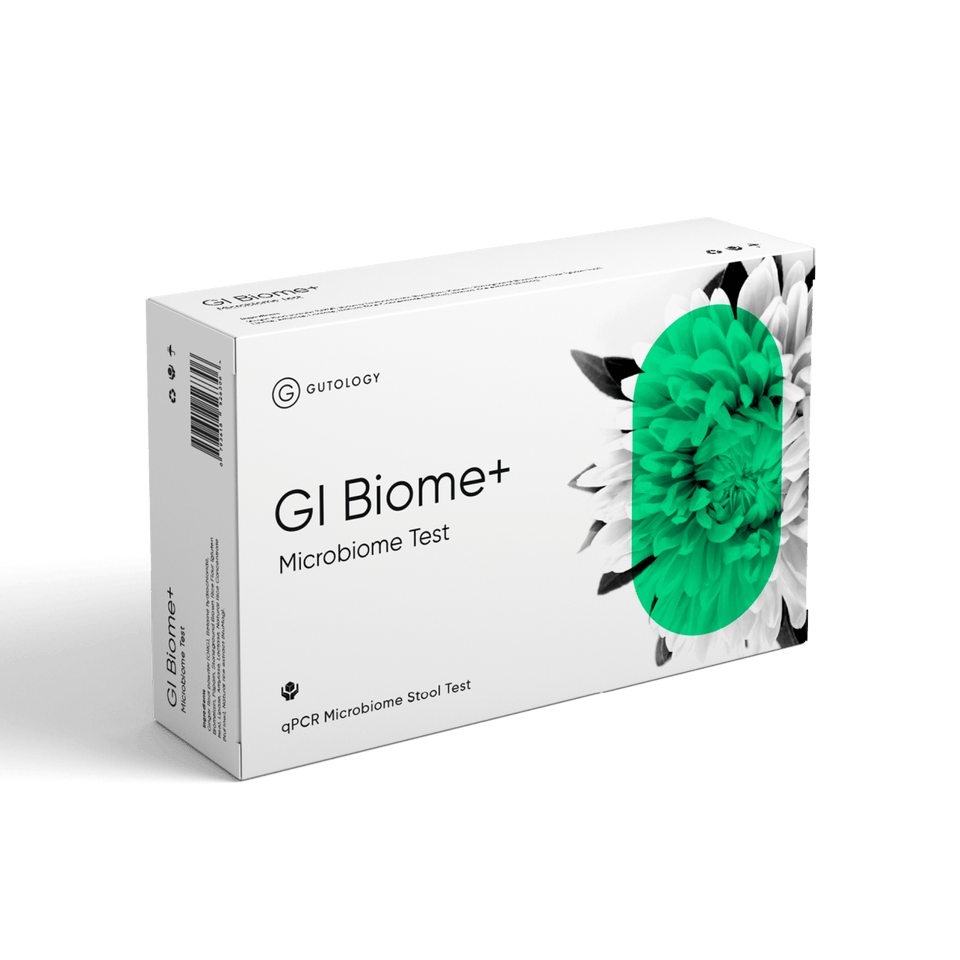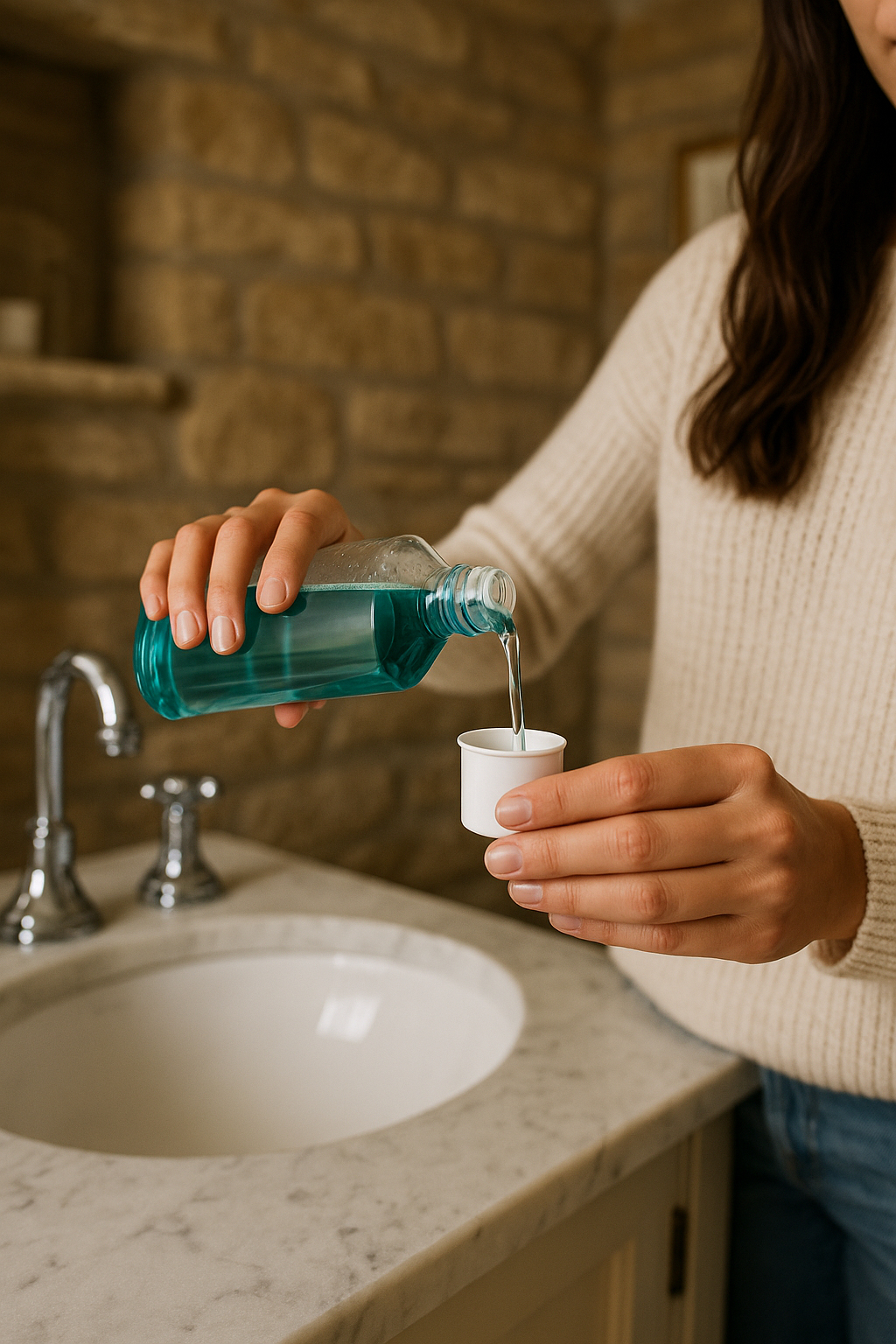Jahrelang wurde uns beigebracht, dass kurzes Spülen mit Minz-Mundwasser nach dem Zähneputzen der Goldstandard für frischen Atem und gute Mundhygiene ist. Aber was, wenn dieses erfrischende Brennen in Wirklichkeit die Beziehung zu Ihren nützlichen Mundbakterien schädigt?
Eine diese Woche veröffentlichte Studie hat eine beunruhigende Wahrheit ans Licht gebracht: Häufig verwendete alkoholbasierte Mundspülungen könnten das empfindliche Gleichgewicht des oralen Mikrobioms schädigen, was potenziell Auswirkungen auf die Gesundheit des gesamten Körpers haben könnte.
Das orale Mikrobiom: Die erste Verteidigungslinie Ihres Mundes
Der Mund ist nicht nur ein Tor zum Darm, sondern beherbergt auch eine vielfältige Gemeinschaft von Mikroorganismen, die eine entscheidende Rolle für die Gesundheit spielen. Dieses als orales Mikrobiom bekannte Ökosystem umfasst mehr als 700 Bakterienarten, von denen viele für die Vorbeugung von Entzündungen, die Verdauung und die Abwehr von Krankheitserregern unerlässlich sind.<sup> 1</sup>
Doch dieses Gleichgewicht ist fragil. Und genau da kommen die herkömmlichen Mundspülungen ins Spiel, die oft eher einer mikrobiellen Bombe gleichen als einer sanften Reinigung.
Mundspülung auf Alkoholbasis: Stört sie die guten Bakterien?
Forscher des Instituts für Tropenmedizin (ITM) und der Universität Antwerpen stellten fest, dass eine beliebte Mundspülungsmarke auf Alkoholbasis das orale Mikrobiom bereits nach einwöchiger Anwendung erheblich beeinträchtigte. Ihre Studie zeigte, dass die Teilnehmer, die diese Mundspülung verwendeten, eine deutliche Verschiebung der mikrobiellen Vielfalt aufwiesen: Nützliche Bakterien nahmen stark ab , während potenziell schädliche Mikroben dominanter wurden.²
Die Ergebnisse waren verblüffend:
- Die mikrobielle Vielfalt nahm deutlich ab, was bedeutet, dass weniger Arten nützlicher Bakterien überlebten.
- Zwei potenziell schädliche Bakterien, Fusobacterium nucleatum und S streptococcus anginosus, traten deutlich häufiger auf.
Diese beiden Arten sind nicht nur unbeteiligte Zuschauer:
Die Folgen? Ein unausgewogenes orales Mikrobiom wird nicht nur mit Mundgeruch und Zahnfleischerkrankungen in Verbindung gebracht, sondern auch mit systemischen Erkrankungen wie Herz-Kreislauf-Erkrankungen, Diabetes und sogar Alzheimer.
Was ist eigentlich in Ihrer Mundspülung enthalten?
Viele gängige Mundspülungen enthalten:
- Alkohol: Es ist bekannt, dass er Bakterien wahllos abtötet – sowohl gute als auch schlechte – und außerdem ein Brennen im Mund verursachen oder das weiche Mundgewebe reizen kann.
- Chlorhexidin: Ein starkes Antiseptikum, das den Blutdruck und die Zusammensetzung des Mikrobioms verändern kann.
- Künstliche Farbstoffe und Konservierungsmittel: Stehen im Verdacht, Entzündungen und Störungen des Mikrobioms zu verursachen. 3,4
Diese Inhaltsstoffe mögen zwar kurzfristig für Frische sorgen, doch können sie langfristig die Mund- und Allgemeingesundheit beeinträchtigen.
Die natürliche Alternative: probiotische Mundspülung auf Hydroxylapatitbasis.
Wir bei Gutology glauben daran, mit Ihrem Mikrobiom zu arbeiten, nicht gegen es.
Unsere neue Mundspülung auf Probiotika- und Hydroxyapatitbasis leistet genau das:
- Hydroxyapatit, ein natürlich vorkommendes Mineral, hilft bei der Remineralisierung des Zahnschmelzes ohne die schädlichen Auswirkungen von Fluorid.
- Parabiotische Stämme unterstützen ein ausgewogenes orales Ökosystem und tragen so zum Gedeihen nützlicher Bakterien bei.
- Kein Alkohol. Keine künstlichen Zusatzstoffe. Nur wissenschaftlich fundierte Unterstützung für die natürlichen Abwehrkräfte Ihres Mundes. 5
Ihr Mund verdient mehr als eine chemische Verätzung.
Angesichts zunehmender Hinweise darauf, dass die Mundgesundheit eng mit dem allgemeinen Wohlbefinden zusammenhängt, ist es an der Zeit, die Produkte, die wir täglich verwenden, zu überdenken. Mundspülungen auf Alkoholbasis mögen zwar kurzfristig für ein erfrischendes Gefühl sorgen, schädigen aber die Mundflora.
Wähle etwas Klügeres. Wähle etwas, wofür dir dein Körper danken wird.








